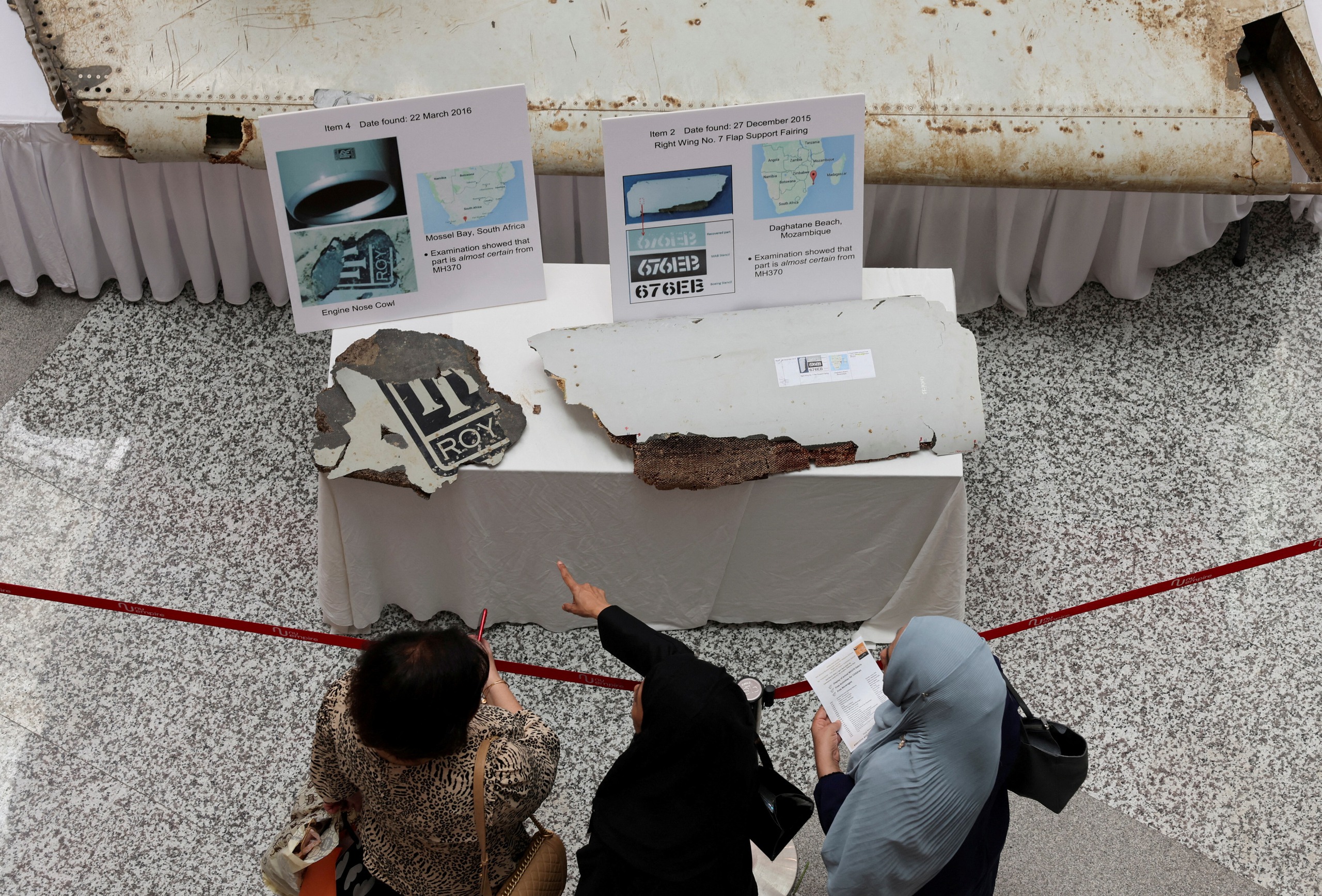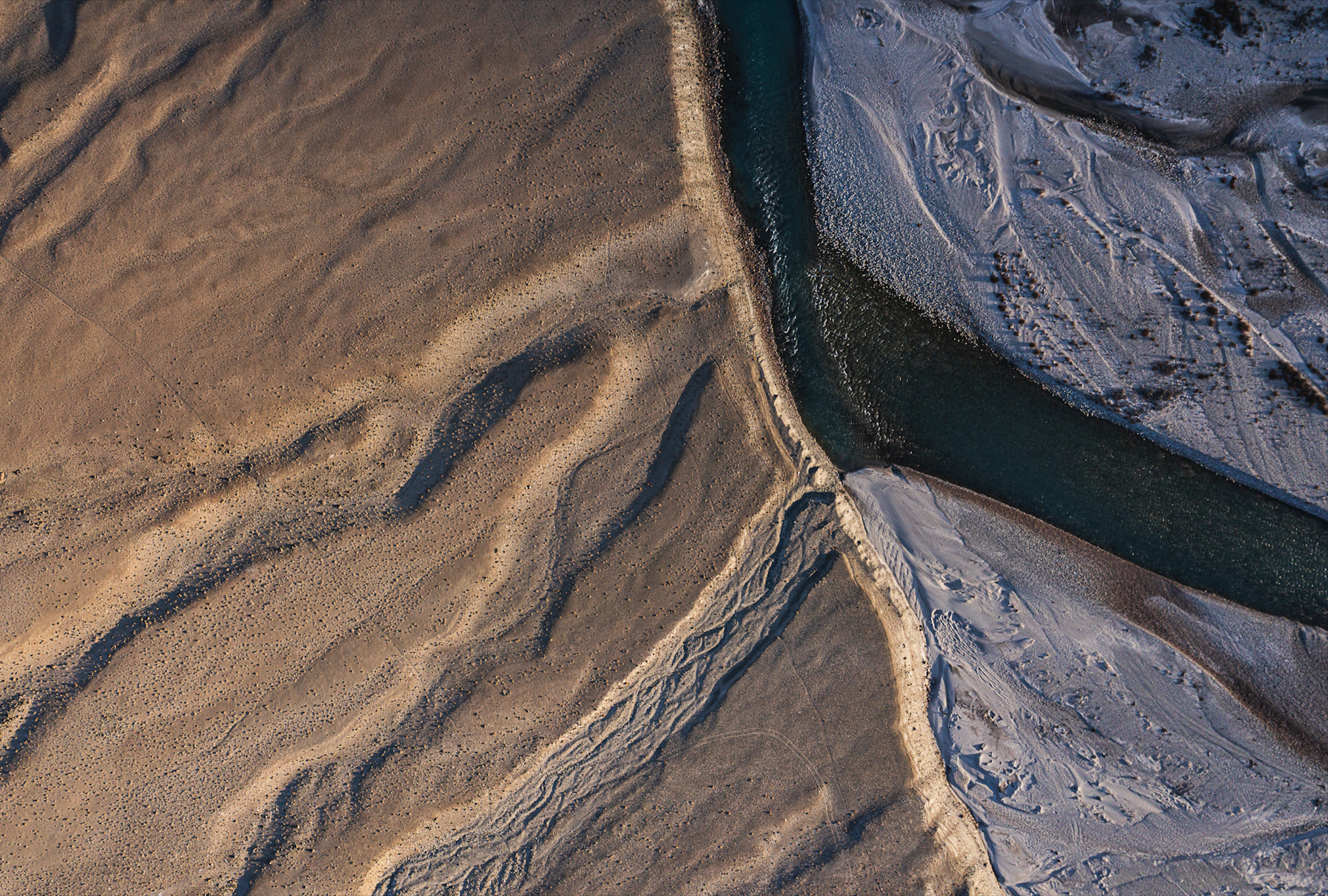
Cape Leeuwin area in Western Australia, where a hydroacoustic station recorded a signal suspected to be from the missing MH370 plane
After detecting acoustic signals suspected to be from the missing MH370 plane, researchers are considering conducting a series of controlled underwater explosions to test and narrow the search area.
Dr Usama Kadri at Cardiff University, who led the research that helped discover the signal, is proposing a new search that could help detect signals previously missed in the search for the missing plane, according to the Independent .
Meanwhile, experts have made comments about the possibility of finding MH370 based on the hydroacoustic signals that Mr. Kadri's team has just discovered.
The Malaysian Airlines Boeing 777, which has been missing since March 8, 2014 with 239 people on board, has become one of the biggest mysteries in aviation history. A team of experts at Cardiff University has just discovered a 6-second signal, which coincides with the time frame when the plane may have crashed into the sea, recorded at the Cape Leeuwin hydroacoustic station in Western Australia.
There are two hydroacoustic stations capable of detecting these signals, with the second station at the British territory of Diego Garcia in the Indian Ocean. These stations are part of the Comprehensive Nuclear-Test-Ban Treaty monitoring regime.

Debris believed to be from MH370 at an event in Malaysia commemorating 10 years since the plane went missing
After the discovery, experts called on authorities to conduct controlled explosion tests to monitor signals received at hydroacoustic stations, thereby determining the search area for MH370.
"If found to be relevant, this would significantly narrow down, almost pinpoint, the location of the aircraft," Kadri was quoted as saying by 1News.
“On the other hand, if the signal detected is unrelated, it suggests that the authorities need to re-evaluate the time frame or location in which official search efforts have been established,” he added.
Commenting on the possibility of finding MH370 based on the above information, GB News quoted veteran journalist Simon Calder, who has followed a lot of information about the plane, saying that the latest discovery is very remarkable.
He believes we may be getting closer to solving the mystery. “This is an extraordinary piece of research, essentially documenting that a 200-tonne aircraft that tragically disappeared in 2014 somewhere in the Indian Ocean would have made a huge noise,” he notes.
According to him, the new discovery will help significantly narrow the search area for the missing MH370 plane.
Source: https://thanhnien.vn/kha-nang-tin-hieu-moi-giup-giai-ma-bi-an-may-bay-mh370-mat-tich-185240619073425104.htm


























![[Photo] An Phu intersection project connecting Ho Chi Minh City-Long Thanh-Dau Giay expressway behind schedule](https://vstatic.vietnam.vn/vietnam/resource/IMAGE/2025/8/21/1ad80e9dd8944150bb72e6c49ecc7e08)




































![[Photo] Politburo works with the Standing Committee of Hanoi Party Committee and Ho Chi Minh City Party Committee](https://vstatic.vietnam.vn/vietnam/resource/IMAGE/2025/8/21/4f3460337a6045e7847d50d38704355d)

































Comment (0)